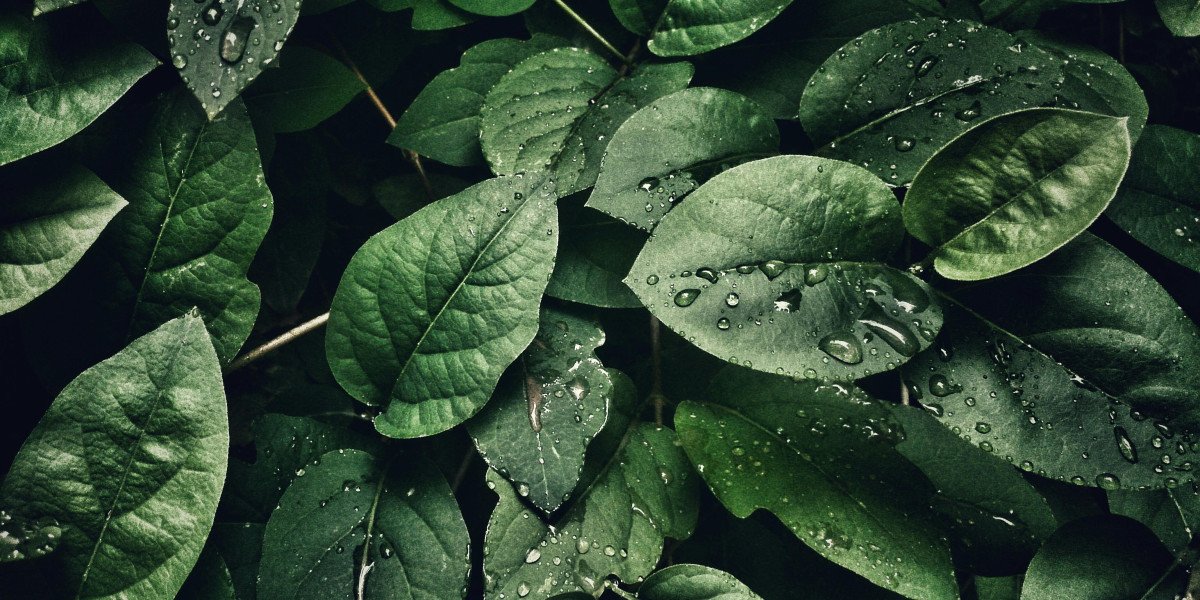While aroma and taste are vital to tea appreciation, expert tea drinkers know that tea liquor reveals the truth. Even if you're not a trained tea taster, you can learn to assess tea quality visually through the brewed liquid.
Here’s how to decode the secrets of tea liquor—whether you’re buying Longjing, Tie Guan Yin, or Pu-erh.
? What to Look For:
1. Color Consistency
A premium tea will brew evenly colored liquor, not too dark or too pale. Inconsistent coloring could indicate a mix of old and new leaves, improper oxidation, or even blending with additives.
2. Clarity and Transparency
High-grade teas have been carefully sorted and processed, removing broken bits and impurities. The result?
A crystal-clear cup with no floating dust, oiliness, or sediment.
3. Sheen and Activity
In good lighting, hold the cup and tilt slightly. Does the liquor have a glow? A subtle surface tension ripple?
That’s the sign of 活水 (living water)—a prized characteristic in Chinese tea appreciation.
? Type-by-Type Breakdown
Tie Guan Yin (Anxi Oolong):
Top-grade: Golden-green liquor, shiny, floral aroma
Low-grade: Dull amber or brown, cloudy, flat nose
Da Hong Pao (Rock Oolong):
Good: Deep red liquor with high clarity
Bad: Murky or "stuffy" with uneven darkness
White Tea (Shou Mei, Bai Mu Dan):
Premium: Pale yellow with clarity
Inferior: Brownish, dusty, often sour-smelling
? How Brewing Affects Judgment
Always brew with pure water and appropriate temperature—overheating or hard water can distort the liquor’s appearance.
Recommended method:
Use a gaiwan
Use spring water if possible
Watch for clarity from the first to third brew
? Pro Tip: Pair Sight with Smell
Sometimes a beautiful liquor can still hide flaws. Always smell the steam—if it lacks vibrancy or smells musty, the grade is likely low.
? Conclusion
Your eyes are your first tea tool. With a little practice, you can use tea liquor to verify grade, storage quality, and even origin. It’s a skill every tea lover should master.
Explore fine Chinese teas with visual character and unmatched flavor:
? https://teateapot.com/blogs/chinesetea






